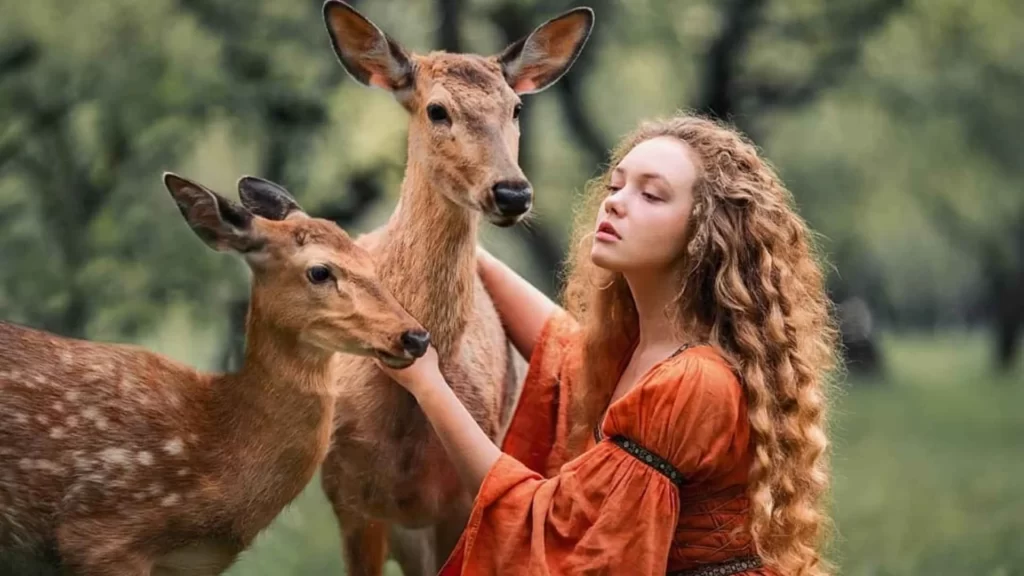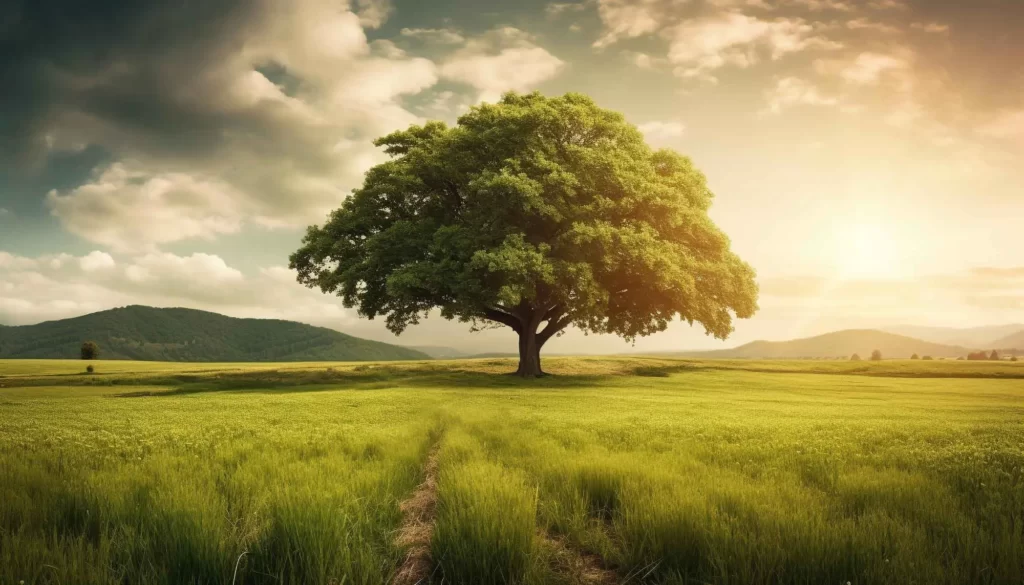
Deer Herbivores! In the different embroidery of Earth’s environments, perhaps of the most captivating string winds around an account of the delicate slow eaters – deer. These brilliant animals, frequently seen in woods, glades, and rural lawns, are quintessential herbivores. Their special dietary propensities, development, and biological importance make them a charming subject for investigation. In this article, we’ll dig into the universe of deer as herbivores, disentangling the captivating story of these quiet, plant-eating well evolved creatures.
Table of Contents
Defining Herbivores
Before we dig into the universe of deer, we should explain being a herbivore. Herbivores are creatures that essentially feed on plants, like leaves, stems, natural products, and seeds. They have developed specific stomach related frameworks to remove supplements from cellulose, an extreme plant material that is challenging to separate. Deer, including species like white-followed deer and donkey deer, are exemplary instances of herbivores.
The Role of Deer Diet in Deer Herbivores
Deer have acquired their position in the herbivore corridor of notoriety with their particular and fluctuated slims down. Their food inclinations frequently rely upon the season and the accessible plant species. Throughout the spring and mid year months, they favor delicate, salad greens. In the fall, they relish oak seeds, nuts, and organic products, adding to the spread of many plant species by scattering seeds in their droppings. Winter, with its scanty plant life, is a difficult time for deer. They resort to consuming twigs, bark, and other woody plants when new rummage is scant.
Strangely, deer have a sharp feeling of what’s protected to eat. They can recognize harmful and non-poisonous plants and keep away from the previous. Nonetheless, this capacity is created over the long haul, and youthful deer might explore different avenues regarding possibly unsafe food sources prior to figuring out how to stay away from them.
A Deer’s Digestive Journey
To effectively handle their stringy plant-based diet, deer have fostered a particular stomach related framework. Their stomachs are separated into four compartments, which cooperate to remove whatever number supplements as would be prudent from their food. This cycle includes maturation, what separates the cellulose in plants and permits the deer to get to the energy and supplements inside.
The stomach related arrangement of a deer is very like that of cows and different ruminants. Basically, deer are important for a natural reusing framework, taking in plant material that would be generally unpalatable to most creatures and changing over it into energy and supplements that help their development and endurance.
The Miracle of Antler Growth
In the realm of herbivores, deer stand apart for their momentous horns. Male deer, called bucks, develop these great designs on their heads, which fill various needs. Horns are not only to look good; they are a demonstration of the deer’s herbivorous way of life.
Prongs are the quickest developing bone tissue in the animals of the world collectively. This development can bewilder, for certain horns acquiring up to an inch long each day during their pinnacle improvement. This unprecedented accomplishment is conceivable because of the deer’s high-calcium diet and the productive usage of supplements from their plant-based dinners. Prongs are utilized by bucks to contend with different guys during the mating season, demonstrating that their herbivorous eating regimen isn’t only for food however for acquiring an upper hand in the journey for mates.
Ecological Significance
Deer’s job as herbivores has significant biological importance. They have a critical impact in forming the plant networks in their territories. By touching on specific plant species and spreading the seeds of others, deer can impact the arrangement and variety of vegetation in a space. This, thus, influences the whole environment.
Deer are some of the time alluded to as “cornerstone herbivores” in light of the expanding influence their taking care of propensities have. For instance, when deer populaces are excessively high and they overgraze certain plant species, it can prompt a diminishing in biodiversity. Alternately, without a trace of deer, some plant species might become predominant, changing the scene. Hence, the presence or nonappearance of deer can have flowing impacts on the whole biological system.
The Dance of Co evolution
The herbivorous way of life of deer has additionally prompted entrancing coevolutionary associations with plants. As deer consume specific plants, the plants, thus, have developed guard components to discourage these eager herbivores. For example, many plants have created synthetic mixtures that make their leaves taste unpleasant or even poisonous to deer. This continuous developmental dance among deer and plants hosts molded the variations of the two gatherings.
Deer have created systems to balance these protections, for example, particular perusing and searching at various seasons when plant guards are less viable. This dance of coevolution grandstands the complex exchange among herbivores and the plants they feed on, bringing about the proceeded with development of the two players.
Deer and Human Interaction
Deer’s herbivorous nature frequently carries them into contact with people. They are some of the time seen as a disturbance when they brush on farming harvests or rural nurseries. Nonetheless, they are likewise an important regular asset in numerous locales. Deer hunting is a well known outside movement that adds to protection endeavors and gives food to numerous networks.
To oversee deer populaces, natural life organizations carry out hunting seasons and reap amounts. This helps control deer numbers and limit clashes with human exercises while keeping a sound and manageable deer populace. This equilibrium is fundamental for keeping up with sound biological systems.
- Exploring the Radia WindRunner | The World’s Largest Aircraft
- Most Useless Big Projects of the China?
- End of The Line Neom Saudi Arabia’s Linear City
- Why China and Russia Fear the B-21 RAIDER Stealth Bomber
- How Waste Plastic is Converted into Fuel
Conclusion
In the captivating universe of herbivores, deer stand as grand agents. Their particular eating regimens, specific stomach related frameworks, and biological importance make them enrapturing animals to study. Their relationship with plants and the coevolutionary dance among herbivores and vegetation keep on molding the regular world. Figuring out the job of deer as herbivores not just upgrades our insight into these delicate slow eaters yet in addition develops our enthusiasm for the complex associations that support life on The planet. In this way, the following time you spot a deer in the forest or your terrace, recollect the tale of these delicate slow eaters and their fundamental job as herbivores in the great embroidery of nature.




